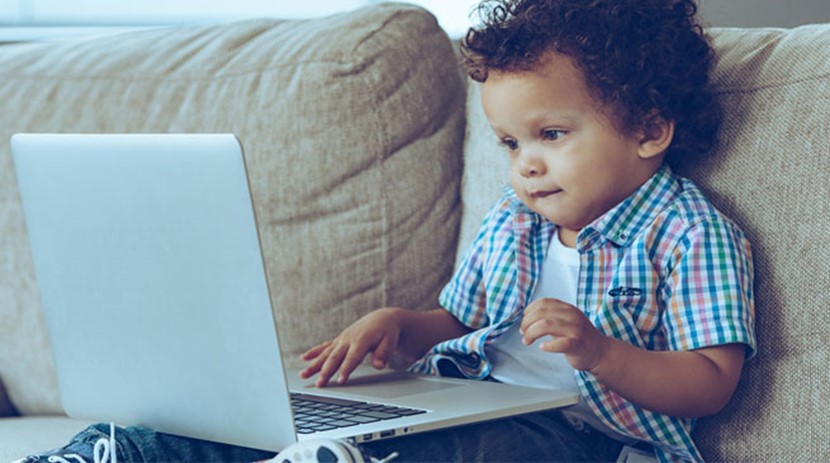Keeping kids safe online

For most parents of preschoolers, internet safety is simply a matter of monitoring screentime, and making sure their little one has a good supply of Youtube Kids clips lined up. But the experts reckon it’s time to up the ante.
“It’s common to leave a young child using a device unattended, maybe while parents make dinner or get chores or work done. But they can quite easily get to random things, and within 10-20 minutes could be exposed to inappropriate material,” says Auckland clinical psychologist Rebecca Daly-Peoples.
At the extreme end of things, there’s pornography and violence to people and animals.
“Younger kids won’t understand sex, but they will have a sense that it’s making them uncomfortable and confused, but they can’t articulate that.”
Daly-Peoples is supportive of local ISP Slingshot’s new internet safety tool, Family Filter. It’s a simple on/off toggle on the Slingshot dashboard that works at network level, preventing access to inappropriate and dangerous material. It’s free for 12 months with a $5 charge a month after that.
The Family Filter will block everything from R16+, nudity and pornographic sites to sites featuring dating, drugs, gambling, alcohol, tobacco, suicide and self-harm or illegal activities. It also blocks hacked or infected websites. Also, it encompasses all devices in the home, not just the main household computer.
Statistics show that 28 % of young people came across pornography accidentally, and 30% saw it first, unwittingly, on mobile, Daly-Peoples says.
Research by Middlesex University, in June this year, found that of 1,001 UK children aged 11 to 16 years, more than half had viewed online pornography and of those, nearly 60% reported seeing online pornography for the first time at home. Interestingly, while some children chose to seek out online pornography, they were just as likely to come across it by accident.
Younger kids also need to be reminded that a lot of things online aren’t real, Daly-Peoples says. Younger kids don’t always recognise this, so you can talk to them about what is real and what’s not. For example, “When you’re pretending to be a cat and you know you’re really not.”
Another source of concern is the inability to control what kids see at other people’ houses, Daly-Peoples says.
Older kids have a huge impact on what younger kids are exposed to. For instance your little one could be at a friend’s house where the friend’s older sibling is playing a violent game online and showing it to them, or they’re watching over his shoulder. We adults forget what mind of a child is like, such a sponge. We’re the first filter.“
How to talk to your preschooler about online safety
Having an open relationship with your child is important, because kids are hearing about stuff online and seeing it younger and younger, Daly-Peoples says. Having pre-emptive conversations about it will definitely help.
- You can say: “There’s stuff online that isn’t meant for kids/ is just for adults.”
- “If you see something that makes you uncomfortable, or scared, turn it off and tell me – I won’t be angry.
- “Remember the dragon in that movie and how it made you sad… or scared…? You could see things that make you feel like that.”
- You don’t have to talk about sex, or give lots of information. Just give barest information to answer their questions.
- Asking kids to tell you about things that make them uncomfortable or scared creates the idea that they should share like that with an adult.
- If they have seen something, keep things matter of fact. Just say, “how did you come across that? It’s not meant for kids.” Ask, “how did it make you feel?”
- Christine Nikiel

